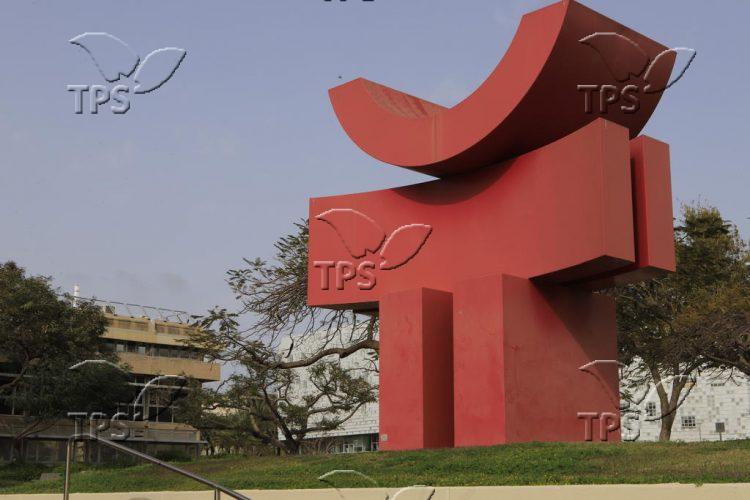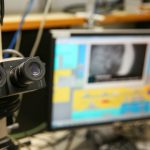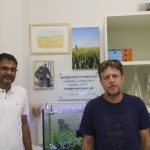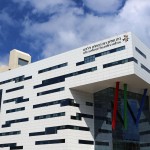Israeli Study Breaks Time Barrier in Chemical Simulations, Opens Door to New Discoveries
Jerusalem, 11 February, 2024 (TPS) -- A new Israeli has discovered that a known practice in information technology can also be applied to chemistry, opening the door for scientific breakthroughs in chemistry, geology, pharmaceuticals, and the engineering of new materials.
Researchers at Tel Aviv University found that to enhance the sampling in chemical simulations, one can simply stop and restart the simulation.
The research was led by Ph.D. student Ofir Blumer, in collaboration with Professor Shlomi Reuveni and Dr. Barak Hirshber. The study was published in the peer-reviewed journal Nature Communications in January.
Molecular dynamics (MD) simulations are computational techniques used to study the behavior and motion of atoms and molecules over time. These simulations utilize classical mechanics principles, such as Newton’s laws of motion, to track the positions and velocities of individual particles in a system. By numerically solving the equations of motion, MD simulations can provide insights into the dynamical properties of molecular systems at various length and time scales.
Simulations tracking the motion of all atoms in chemical, physical, and biological systems such as proteins, liquids, and crystals can provide insights into various processes and have different technological applications, including drug design.
However, these simulations are limited to processes slower than one millionth of a second. Simulations could not simulate faster processes that are key to other scientific breakthroughs.
“In our new study we show that the timescale problem can be overcome by stochastic resetting of the simulations,” Ph.D. student Ofir Blumer explained.
Stochastic resetting refers to a process where a system, such as a randomly moving particle suddenly gets “reset” or sent back to a particular starting point.
“It seems counterintuitive at first glance – how can the simulations end faster when restarted? Yet, it turns out that reaction times vary considerably between simulations,” Blumer said. “In some simulations, reactions occur rapidly, but other simulations get lost in intermediate states for long periods. Resetting prevents the simulations from getting stuck in such intermediates and shortens the average simulation time.”
The findings are expected to particularly pave the way for a greater understanding of crystal nucleation and protein folding.
Crystal nucleation is the process by which tiny, stable clusters of atoms or molecules form in a solution, melt, or vapor, and then grow to form larger crystalline structures. The rate and efficiency of crystal nucleation play significant roles in determining the properties and characteristics of the resulting crystal, including its size, shape, purity, and crystalline structure. Understanding and controlling crystal nucleation is essential in various fields such as materials science, chemistry, geology, and pharmaceuticals.
Protein folding is the process by which a protein structure assumes its functional three-dimensional shape. It can be influenced by factors such as temperature, pH, and the presence of other molecules. The misfolding of proteins can lead to various diseases, including neurodegenerative disorders like Alzheimer’s and Parkinson’s disease, as well as certain cancers.







